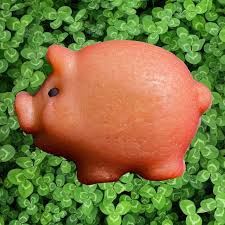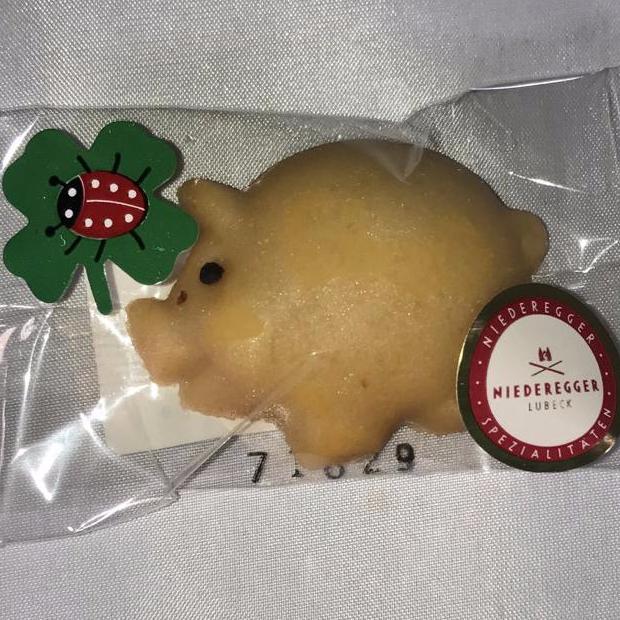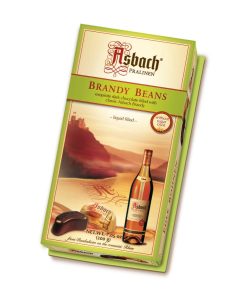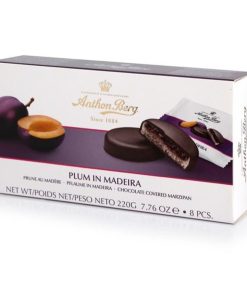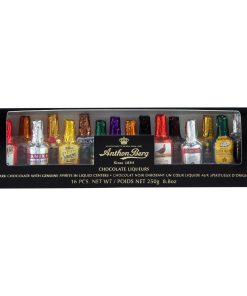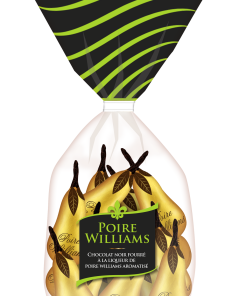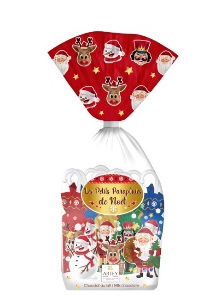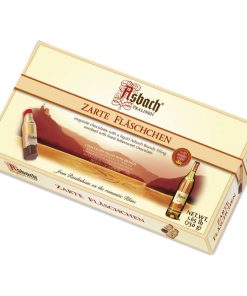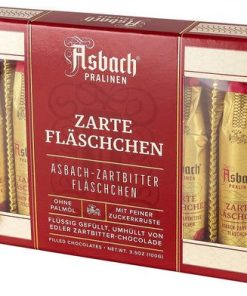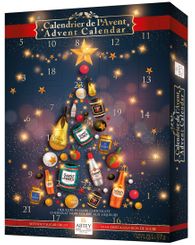Niederegger Marzipan Pig NiedereggerConf
$ 2,95 $ 1,77
Niederegger Marzipan Pigs, known as Glückschwein in Germany, are a traditional German confection consisting of marzipan shaped as a pig.
During the holiday season, one tradition is to eat porridge, known as Risalamande, where a single almond is hidden in the porridge. Whoever finds the almond, receives a marzipan pig as a prize, which is a symbol of good luck!
And how did a pig become a symbol of good luck? In the Middle Ages, farmers survived the winter depending on what they could produce. If they were really lucky, they had a pig – which meant MEAT all winter long. “Ich habe Schwein gehabt” (“I had pig”) became a common expression for being lucky. You were lucky to eat, and later, you were just lucky.
In the more recent years, the pig became a good luck symbol, like a four-leaf-clover. In fact, some Glückschweinchen come with a little clover on them.
A German Marzipan Pig (Glückschwein) as a gift helps to insure good luck for the New Year, so it is often given as a gift between Christmas and New Year. Some children are lucky to find one of these delicious piggies in their shoes on St. Nicholas Day!
Sold in multi-packs of 5. If you wish to order the entire counter display box, it contains 70 pieces which is 14 5-packs.
Net Weight: 12.5 g. / .44 oz.
Country of Origin: Germany
| Title | 1 Pig, 5 Pigs |
|---|
Professionally packed and fast shipping
Due to our long-term partnership in a long-standing partnership with UPS, FedEx, DHL and many other world-class carriers, we can offer various shipping options. Our warehouse staff is highly trained and will be able to pack your goods in accordance with our precise and exact specifications. Your goods will go through an exhaustive inspection and properly secured before they are shipped. We ship to thousands customers every day across multiple countries. This is a sign of our dedication to being the largest online retailer globally. We have distribution centers as well as warehouses located in Europe and the USA.
Note: Orders that contain more than one item are assigned a processing time depending on the item.
Prior to shipment, we will conduct a thorough inspection of the items you have ordered. Today, most orders will be shipped within 48 hours. The estimated delivery time is between 3-7 days.
Returns
Stock is dynamic, and not fully managed by us due to the involvement of many different parties, such as the factory and our warehouse. Stocks are subject to change at any moment. Be aware that your order may be out of stock when the order has been placed.
Our policy is for 30 days. If you haven't received your product within the 30 days period, we are unable to offer a refund or an exchange.
The item should not be used, and it must be in the original packaging. You must have the item in its original packaging.
Related products
Liquor Filled Chocolates
Liquor Filled Chocolates
AnthonBergMarzipan
Anthon Berg Chocolate with Marzipan & Plum in Madeira Filling Anthon Berg
Liquor Filled Chocolates
Liquor Filled Chocolates
Asbach Brandy Chocolate Bottles in 60 pc. Gift Box AsbachChoc
Advent Calendars
Liquor Filled Chocolates
Asbach Brandy Chocolate Bottles in 8 pc. Gift Box AsbachChoc
Holiday Cookies
Liquor Filled Chocolates
Abtey Chocolatier Marc de Champagne Rosé Chocolates in Gift Box Abtey Chocolatier
AnthonBergMarzipan
Anthon Berg Chocolate with Marzipan & Apricot in Brandy Filling Anthon Berg
Liquor Filled Chocolates
Asbach Brandy Chocolate Bottles in 20 pc. Gift Box AsbachChoc
